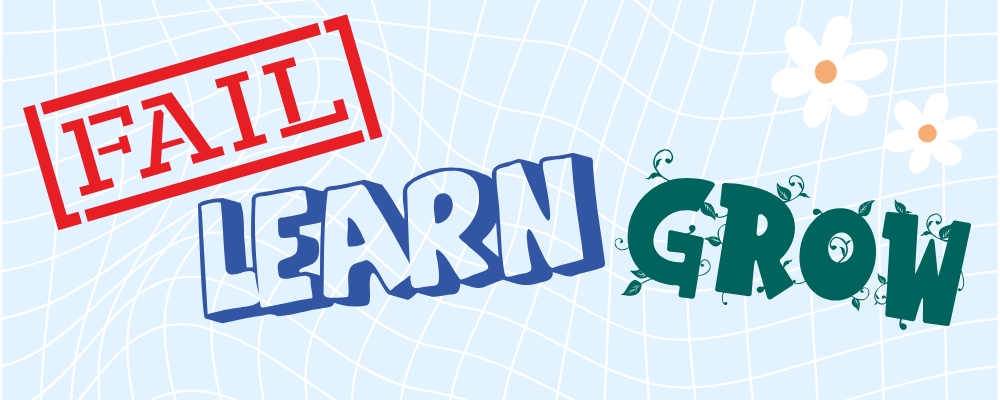How to Create a Mentorship Program at Work
RAFT Team, April 10, 2023
If you’re looking to hire millennials, you’d better have a mentorship planned for them. 79% of millennials see mentoring as crucial to career success. And with today’s high Advocacy burnout rate, new advocates could use the support. In this article, we’ll cover how to create a mentorship program at work, how it supports those being mentored (including mentees and your organization as a whole), various types of mentorship, and some mentorship goal-setting ideas.
1. Defining Mentorship in the Workplace
You may think mentoring means an older, more experienced person helps training a newer employee. But mentoring can look different in different workplaces, depending on your goals and your organization’s values. The best way to figure out what works best is to analyze your needs. Who is doing what, who needs more help, who could cover for someone else, and who it excelling in an area that you’d like more people to get familiar with? This may be anything from technical talent to interpersonal relationships, time management to meeting planning.
Let a younger worker who uses technology to help manage their time or projects teach older employees how to integrate tech in similar ways. Your people-person might help introverts learn to interact with others in a way that feels more manageable. Mentorship can be a powerful tool to increase your workforce’s capacity.
2. Benefits of Mentoring in the Workplace
Mentors will grow in their own self-awareness. Their job satisfaction and fulfillment will skyrocket. And their aspirations will grow as well. (Harvard Business Review has more on all the ways mentoring helps mentors.)
For those being mentored, it's just as beneficial! These mentees will increase their communication skills and, just as their mentors, their job satisfaction and organizational loyalty will increase as well..
One study showed that when mentoring takes place in your organization, you can expect:
- Lower turnover
- Increased productivity
- Increased minority representation
- Increased confidence
- Greater belief that colleagues value their work
- Higher employee engagement
- Robust organizational culture
- Increased profits
3. Types of Mentorship in the Workplace
One-on-One
This type of mentorship is when one person interacts with another to help them grow in their job. The mentee can request it, management can assign it, or someone can begin mentoring in an unofficial capacity.
Group mentoring
When you have a few new hires who need to get acclimated to your organization, consider assigning a mentor to work in a group setting. Not only is it efficient for the mentor, mentees can learn from one another and grow stronger as a broader swath of questions are answered at each group meeting.
Peer-to-peer learning
You can have an employee shadow another to learn a new job skill. This type of peer leadership helps to grow the ability and confidence of both employees. When peers work on projects together in a mentorship capacity, they introduce new perspectives to each other and gain a broader understanding of how each project affects other people, departments, and the organization.
Targeted mentoring
If you’re trying to grow a particular skill, targeted mentoring is a great option. In this scenario, you pair a mentor and mentee for a specific focus. This can take place in one meeting or in several short bursts.
4. Track & Evaluate Workplace Mentoring
No matter what type of mentoring program you establish, you must have a tracking system. For each pairing, you should know the goals and how you plan to evaluate progress. This step informs you on whether the mentee is growing and whether key metrics are being met. (At RAFT, we believe that mentorship must always benefit the person being mentored. If RAFT as an organization also benefits, that is a great secondary impact.)
Answers to the following questions can help you establish a system that tracks both short and long term:
- Did the program benefit the mentee?
- How many people took part in the program?
- How long the mentoring take?
- Is the length and frequency of each session what it needs to be?
- Has mentorship decreased turnover in your organization?
- Is engagement higher with mentored staff?
- Is job satisfaction higher with mentees? With mentors?
- Did we choose the right individuals to participate?
- Were people paired up well?
5. Maintain Your Mentorship Program
Consider other ways you can support mentors and mentees. Maybe you could provide a library of learning resources, suggested agendas for mentorship meetings, and topics for discussion. Always let them know how you’re going to followup with them and gather feedback so your mentorship experience continues to get better and better. This ongoing feedback will help you establish more tools and resources as you continue to learn how to create a mentorship program at work.







